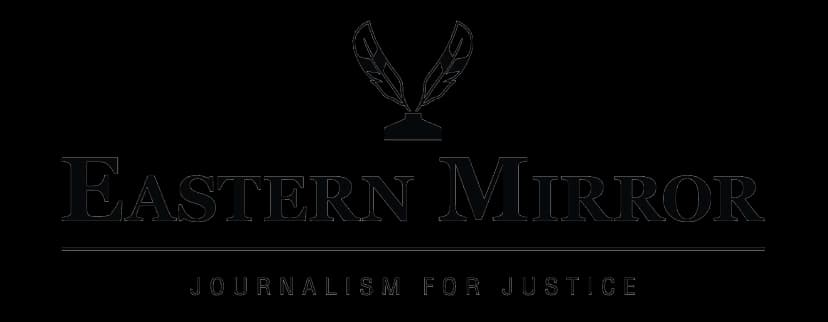SATURDAY, JULY 19, 2025
- Home
- Opposition-less
Opposition-less
Published on Mar 28, 2017
Share
History tends to repeat itself in Nagaland and even this time the Budget session of the 12th Nagaland Legislative Assembly saw one such occurrence. The present opposition-less government that came into effect in 2015 was able to conduct only a few uneventful Assembly sessions before the opposition started to take shape right from the Treasury bench itself. It is recorded that even in the 2nd NLA too when the NNO was in the majority, due to internal party conflicts and loss of confidence of the then chief minister the ruling MLAs were more outspoken against the government than the opposition MLAs. At that time too, the Naga political issue was the main topic of discussion across the state including the NLA.
After the state was inaugurated in December 1963, some of the Interim Body members including the chief executive P.Shilu Ao did not want to conduct the elections based on different political parties due to the divisions in the Naga society. Dr. SC Jamir recounts that it is for this reason the Naga National Organisation also did not affix the word ‘party’ in its nomenclature to counter with the newly launched Democratic Party. However like in any other parliamentary system, the 40 member house of the 1st NLA had 12 MLAs in the opposition after the elections were conducted in 1964. It was this same House with the NNO in majority that moved a no-confidence motion against P.Shilu Ao for his ouster and was replaced by TN Angami.
The 9th NLA also was almost opposition-less with just one independent MLA who sat in the opposition. The call made by the Naga civil societies for ‘Solution not election’ in 1998 called for a boycott of elections unless there was a solution to the Naga political issue. The government of India had signed the ceasefire agreement with the NSCN(IM) in July 1997. All the non-Congress parties agreed to refrain from contesting the elections. This led to the Congress, the only party, to fill the nominations in all the 60 constituencies and winning uncontested except where a few Independents had filed in some of the constituencies. However the 9th NLA also had its own share of problems though it came out in the open only quite later and the Congress was unable to form the next government in 2003 though it was the single largest party.
It is noteworthy that, a former member of the 1st NLA commented that the word “Opposition” used in the parliamentary form of democracy had become derogatory and has created more problems for the innocent and the public whose representatives were not in the ruling party. However this system is supposed to be the best and it has been adopted in the country after Independence. It calls for a strong opposition, and a system that debates on issues in the open however divergent the views might be. On the other hand, a party-less government with a system in tune with the Naga traditional practice of nomination and selection by empowered village councils is an altogether different concept. That opportunity may have been lost in the formative years immediately after statehood. However in the current model, a partly-less government will not be viable since elections have to be conducted and an opposition-less government is just a facade when there exists different political parties with differing manifestos and its respective whips in the house.

